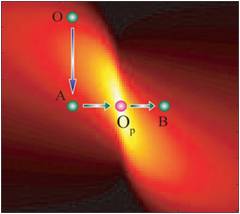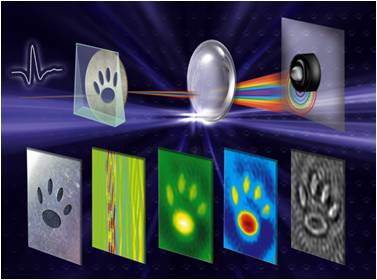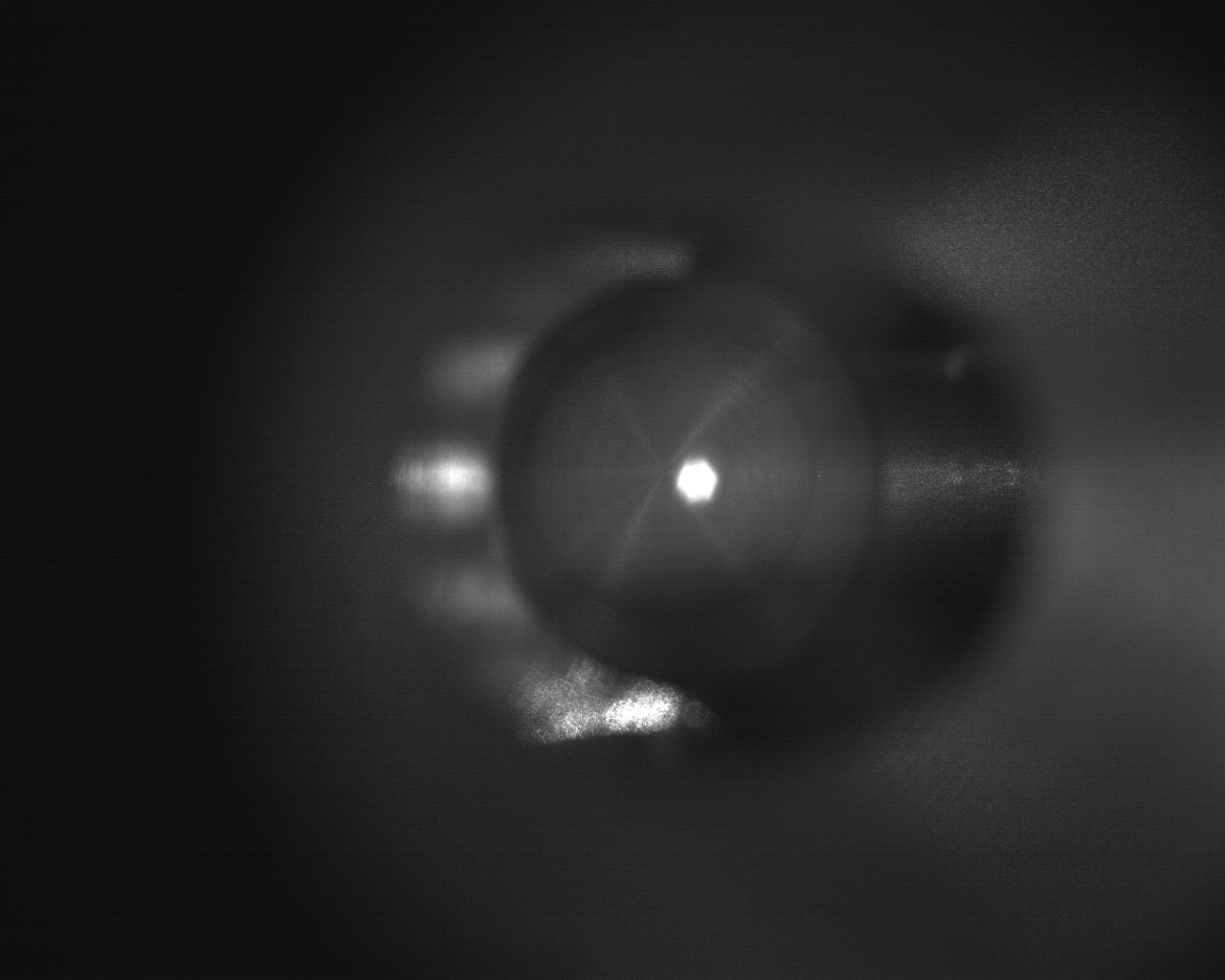Difference between revisions of "Research"
From KAIST Quantum Computing Lab Wiki
Jump to navigationJump to searchm |
m |
||
| Line 2: | Line 2: | ||
== '''[[Quantum Control]]''' == | == '''[[Quantum Control]]''' == | ||
| − | [[Image:QC.jpg|right|100px]] Recent advances in ultrafast laser and optical pulse shaping techniques have brought the use of shaped pulses of optical frequency for the manipulation of quantum systems . This field, known as quantum control, though being started as a theoretical exercise, has rapidly become an experimental reality in a vast variety of materials extending from atoms and molecules to condensed matter and biological materials. | + | |
| + | <table style="border-collapse:collapse"><td> | ||
| + | [[Image:QC.jpg|right|100px]] | ||
| + | </td><td width="20"></td> | ||
| + | <td> Recent advances in ultrafast laser and optical pulse shaping techniques have brought the use of shaped pulses of optical frequency for the manipulation of quantum systems . This field, known as quantum control, though being started as a theoretical exercise, has rapidly become an experimental reality in a vast variety of materials extending from atoms and molecules to condensed matter and biological materials. | ||
| + | </td></table> | ||
| + | |||
== '''[[Terahertz Optics]]''' == | == '''[[Terahertz Optics]]''' == | ||
| − | |||
| + | <table style="border-collapse:collapse"><td> | ||
| + | Terahertz science and technology has attracted much interest because of its many up-and-coming applications in communications, material characterization, and imaging. The left figure shows our latest invention of THz coherent optical computation imaging. | ||
| + | </td><td width="20"></td> | ||
| + | <td> [[Image:THz.jpg|left|150px]] | ||
| + | </td></table> | ||
| + | |||
| + | |||
== '''[[Ultra-cold Molecular Quantum Computing]]''' == | == '''[[Ultra-cold Molecular Quantum Computing]]''' == | ||
| − | [[Image:MOT.jpg|right|100px]] Quantum computing seeks to write, process, and read information on quantum level. We envision that the phase evolution of vibration wave-packets of ultra-cold diatomic molecules captured in magneto optical trap is used to compute quantum algorithms. | + | |
| + | <table style="border-collapse:collapse"><td> | ||
| + | [[Image:MOT.jpg|right|100px]] | ||
| + | </td><td width="20"></td> | ||
| + | <td> Quantum computing seeks to write, process, and read information on quantum level. We envision that the phase evolution of vibration wave-packets of ultra-cold diatomic molecules captured in magneto optical trap is used to compute quantum algorithms. | ||
| + | </td></table> | ||
| + | |||
| + | |||
== miscellaneous == | == miscellaneous == | ||
Revision as of 04:46, 19 June 2011
Quantum Control
| Recent advances in ultrafast laser and optical pulse shaping techniques have brought the use of shaped pulses of optical frequency for the manipulation of quantum systems . This field, known as quantum control, though being started as a theoretical exercise, has rapidly become an experimental reality in a vast variety of materials extending from atoms and molecules to condensed matter and biological materials. |
Terahertz Optics
|
Terahertz science and technology has attracted much interest because of its many up-and-coming applications in communications, material characterization, and imaging. The left figure shows our latest invention of THz coherent optical computation imaging. |
Ultra-cold Molecular Quantum Computing
| Quantum computing seeks to write, process, and read information on quantum level. We envision that the phase evolution of vibration wave-packets of ultra-cold diatomic molecules captured in magneto optical trap is used to compute quantum algorithms. |
miscellaneous


